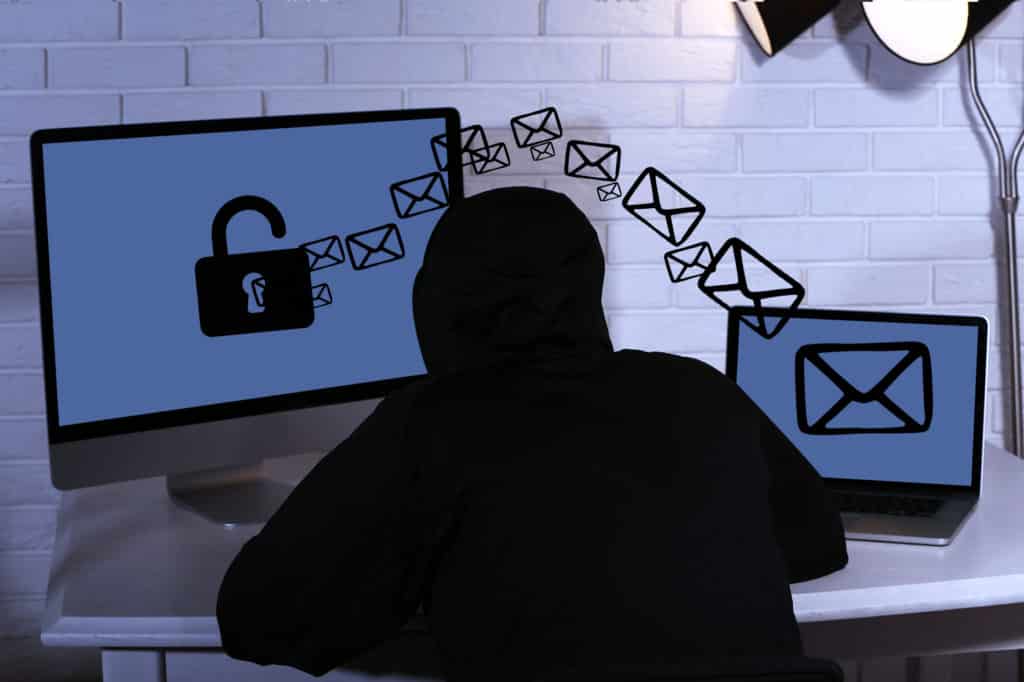
Is your company sending out bogus emails to people around the world? It could be, and you may not even be aware of it. Every day, millions of people around the world are subject to email fraud of some kind.
Even if you don’t open messages or click links in questionable emails, it doesn’t mean your company may not be suffering from fraud.
Here are five ways this practice is costing your business.
1. Money Transfers

According to the Federal Bureau of Investigation, CEO email scams contributed to more than $2 billion in lost funds in 2015. A large number of these target corporation management.
Messages are sent with explicit instructions to spend money on certain purchases or transfer funds. Recipients follow the orders since they believe it is a direct order from the actual CEO.
As a result, the money is moved and never seen again. In more severe instances, an email will cause a company to purchase another which may not even exist. In mere moments, hundreds of thousands of dollars may be spent with nothing to show for it.
2. Excessive Resource Use

A hacked website can easily send out thousands of emails per minute, which can exhaust your resources. Bandwidth and server usage are usually the first to be tapped when you are the victim of hosting an email scam.
This means site speed begins to slow. In the event of a shared hosting server, it can cause a great deal of trouble for everyone. This is why many hosting companies will freeze an account that is “spamming” the worldwide web until it’s fixed.
Otherwise, slow speed can then hurt SEO as well as losing legitimate visits on the website.
3. Reputation

People on the Internet are influenced by the online reputation of a business. In fact, about 73% of consumers are more likely to trust a local business after reading positive reviews.
Fraudulent messages can quickly damage your reputation, and it will contribute to losing sales and leads. As nearly 78% of adults between 30 and 49 in the United States use social media, word of these fraudulent messages can spread rather quickly.
It may take a long time to control the damage brought on by a single piece of malware.
4. Blacklisted Email Addresses

Near the beginning of 2018, roughly 48.16% of total email traffic was due to spam. A large portion of these emails relate to phishing attacks trying to steal information.
If blacklisting agencies identify your domain server as the culprit, you will no longer be able to send email to anyone. This means you no longer have the convenience of digital messages for clients and other services.
Until the malware is found, you may find it difficult to contact anyone online. This kind of attack often relates to web servers or internal business computers.
If you use WordPress, you have access to tools like Wordfence. These plugins will constantly monitor your file structure and prevent spam scripts from launching in the first place.
5. IT Support Wages

One of the most costly aspects to fixing problems such as these is IT support expenses. Instead of your staff focusing on other tasks, they now have to track down the problem.
This greatly reduces the efficiency of the business while costing you more money over time. Data suggests that phishing emails costs a company around $3.7 million per year. Globally, companies will spend billions in wages just to fix these kinds of problems.
How to Protect Yourself from Email Fraud Practices

As reported in the AppRiver’s second quarter Global Security Report, between April 1, 2016 and June 30, 2016 the security firm had 4.2 billion malicious emails and 3.35 billion spam emails. It’s not enough to make sure that you don’t open the wrong email.
Although keeping an eye on these messages can help prevent the malware from spreading or employees inadvertently offering information, security needs to be put into place.
From securing the actual hardware to protecting the webpages from vulnerabilities, there are several ways you can stop hackers from using your business resources.
Website Security
It’s estimated that 18.5 million websites are infected with some kind of malware at any given time. A lot of this is from cross-scripting hacks. This is when hackers inject coding directly into webpages.
These kinds of attacks make it easier for the criminal element to bypass access control systems. Malware protection and regular scanning can quickly find these bits of code and keep them from hurting the business.
Stronger Authentication Practices
Brute force attacks and other login vulnerabilities make up a large number of problems for organizations each year. In reality, it can take less than 10 hours to run through an 8-character password before the correct one is found using today’s technology. Implementing stronger security for usernames and passwords greatly reduces this risk.
Securing the Database
SQL Injections are the most dangerous of vulnerabilities since the Internet became public. This is when a hacker injects code into data applications and websites.
Its primary purpose is to dump the contents of the database to the hacker. This means he or she can have immediate access to all information within that database, such as email lists and contact information.
Security measures to shield the database will greatly prevent most of these kinds of attacks.
Implementing Secured Socket Layers
Secured socket layers, or SSL, is a method which encrypts information on the website. Essentially, it creates a secure connection from your webpages to the visitor.
Using SSL reduces the likelihood of hijacking information while it’s in transit. And implementing SSL can reduce a large number of fraudulent email attacks. Additionally, it boosts search results for your site as engines like Google rate secure websites higher.
Nowadays, you can add an SSL to your site for free thanks to platforms like Let’s Encrypt.
Prevent Information Leakage
Weaknesses in online applications and websites may allow hackers to gain access to pertinent information. This can lead to further exploits that can give someone access to the website as a whole, the hosting platform or steal information from its users.
Leaks don’t necessarily have to be intentional. In reality, a lot of legitimate apps have information leaks within their programming. For example, 60% of apps with leaks were attributed to news, sports and shopping platforms.
It’s one of the primary vulnerabilities on the Internet today. Stronger security practices, SSL certificates, complex passwords and endpoint security are ways to avoid this problem.
If you have a Bring-Your-Own-Device practice in the company, make sure all employees use secure software before connecting to the business network.
Protect from Content Spoofing
Content spoofing is when a hacker will create a webpage that appears legitimate for the purpose of stealing information. These pages are found within the actual hosting of websites and often go unnoticed.
For example, a lawn care company could be showing PayPal spoof pages that look like the real thing. The design of these kinds of spoof pages is to steal login information and email addresses.
This is called a “phishing attack.” And phishing has grown by as much as 65%. Regular malware scanning can put an end to this kind of activity.
Keep Your Data Safe
Protecting the company from fraud is a full-time task. Luckily, there are methods you can implement that will secure the website from hackers and bots trying to take advantage of the company.
The best way to avoid being a victim is to prevent the situation in the first place. Never assume that your current security practices are enough. You may just find out for yourself how damaging fraudulent email can be for the organization.
